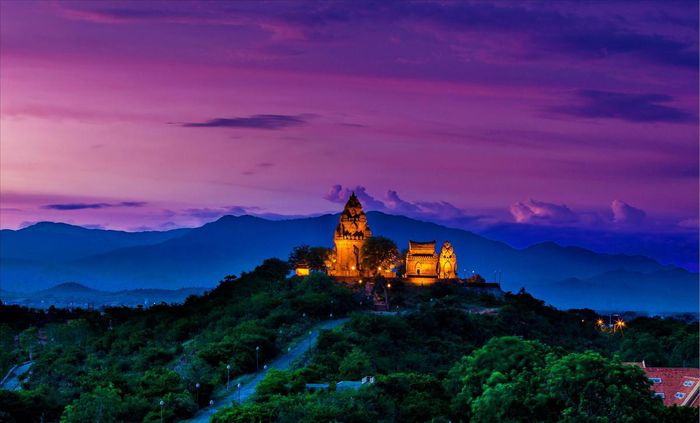 |
| Photo: Zing |
Po Klong Garai tower in Phan Rang city – Thap Cham, Ninh Thuan province is one of the most beautiful and massive Cham tower clusters in Vietnam, harmonizing the architecture of Champa and Khmer cultures. This is also the place of pilgrimage of the Cham people on every Kate festival.
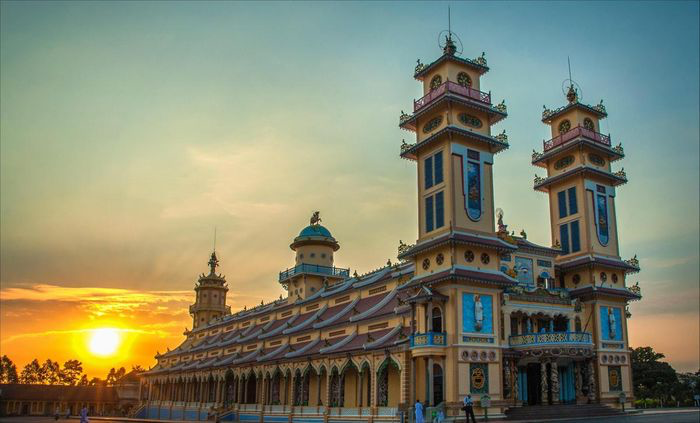 |
| Photo: Zing |
Tay Ninh Holy See is not only of religious significance, being the pilgrimage site of 5 million Cao Dai followers around the world every year, but also the pride of theTay Ninh people. The area attracts a large number of domestic and foreign tourists thanks to its unique and attractive architecture.
 |
| Photo: Zing |
Truong Tien Bridge is the first iron bridge across the Perfume River, built in 1897, and has experiencing many ups and downs of the country’s history. It still stands proudly as a symbol of the ancient capital.
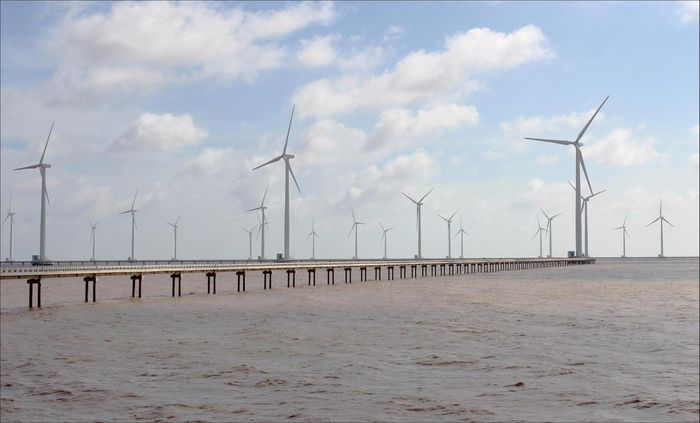 |
| Photo: Zing |
The Bac Lieu wind power plant has turbines located along the Bien Dong Sea dyke, extending from Nha Mat ward to the border of Soc Trang province, occupying a total area of about 1,300 hectares, making it the largest wind power plant in the country. This is also a familiar check-in point for young people when visiting “the hometown of Bac Lieu prince.”
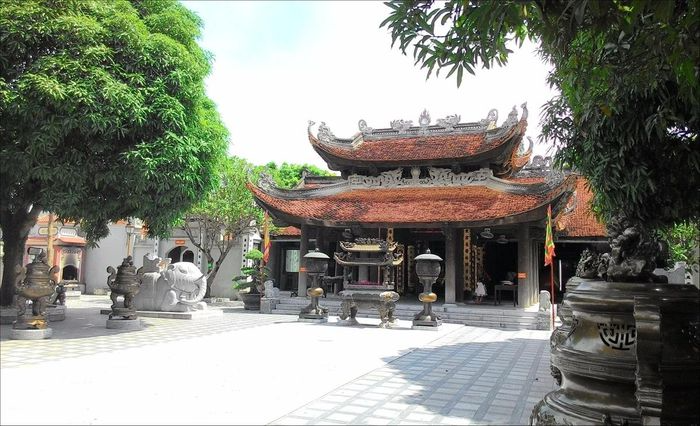 |
| Photo: Zing |
Do Temple, also known as Ly Bat De Temple, is a religious architectural complex worshiping the first eight kings of the Ly dynasty, built by King Ly Thai Tong in 1030. The works in the temple are elaborately built, exquisitely carved, preserving the history as well as the fine traditional culture of Kinh Bac.
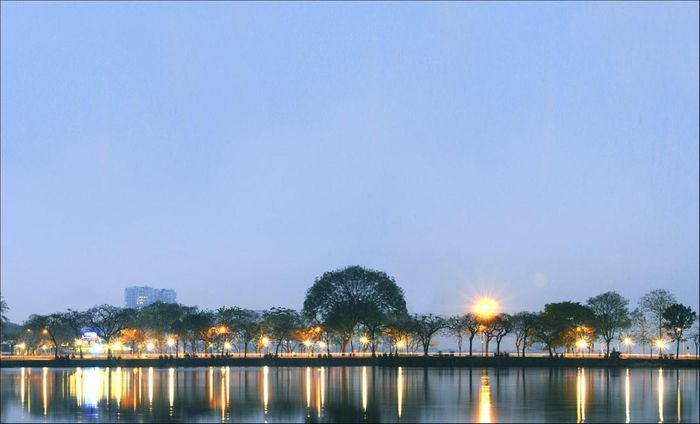 |
| Photo: Zing |
Thanh Nien Street is one of the most unique and romantic streets in the capital, located between West Lake and Truc Bach Lake. People often come here to watch the romantic sunset over West Lake.
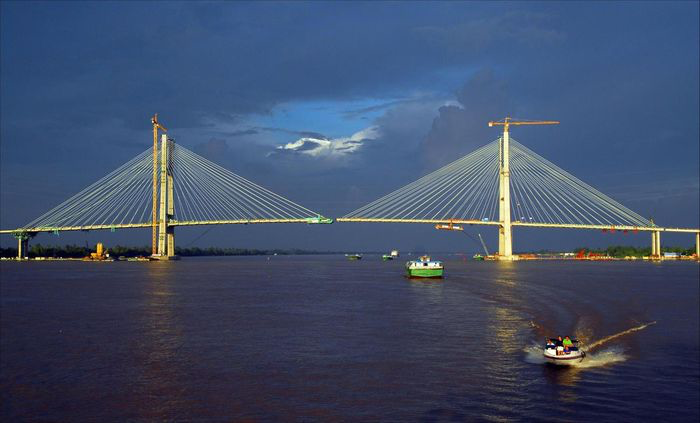 |
| Photo: Zing |
Cao Lanh Bridge is a cable-stayed bridge spanning the Tien River, connecting Cao Lanh city and Lap Vo district of Dong Thap province. Cao Lanh Bridge connects the transport network in the western region of the Mekong Delta.
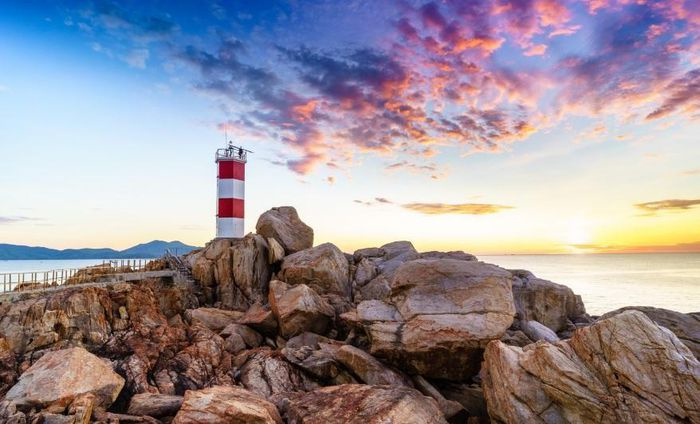 |
| Photo: Zing |
The lighthouse in Ganh Den (Phu Yen) stands out, painted in bold red and white, surrounded by rocks of all shapes and sizes. Not as famous as the lighthouse at Dai Lanh cape, the area around Ganh Den is still quite wild, the sea clear and beautiful.
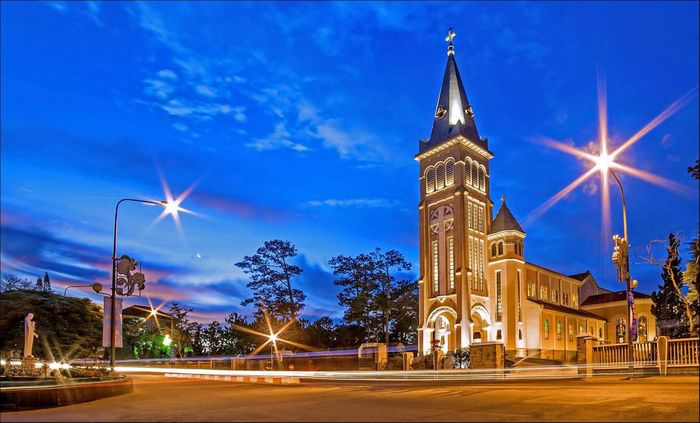 |
| Photo: Zing |
This is the Chicken Church in Da Lat. On the top of the bell tower there is a big chicken symbol, typical architecture of the Roman school in Europe, attracting tourists to visit the land of thousands of flowers.
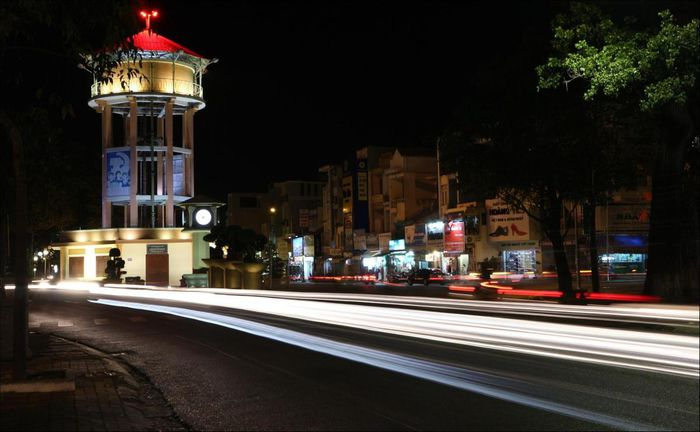 |
| Photo: Zing |
Located at the intersection between 27/4 and Cach Mang Thang Tam street in the heart of Ba Ria city (Ba Ria – Vung Tau), the Round House has a special shape. The work was built by the French as a water tower and at the same time an observatory. This is a revolutionary relic associated with the struggle for independence of the local people.
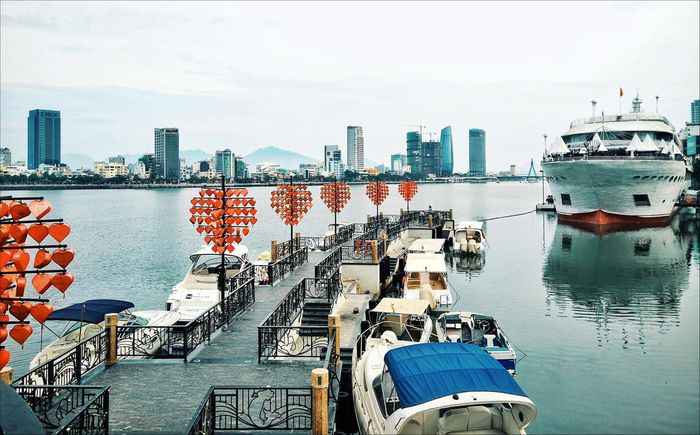 |
| Photo: Zing |
Located on the banks of the Han River (Da Nang), Love Bridge attracts a large number of tourists, especially young people who come to feel the romantic atmosphere under the heart-shaped lanterns.
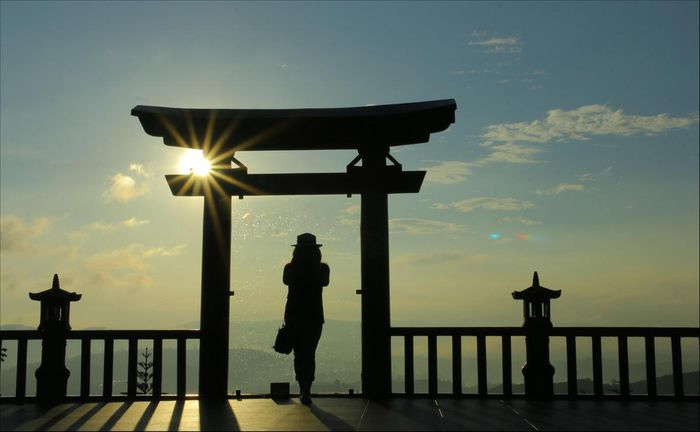 |
| Photo: Zing |
Like a “secret gate to heaven” in Lam Dong, Linh Quy Phap An pagoda is hidden in the middle of nature, bringing a peaceful and pure beauty. The delicate architecture and many quiet corners of the temple bring serenity to the soul.
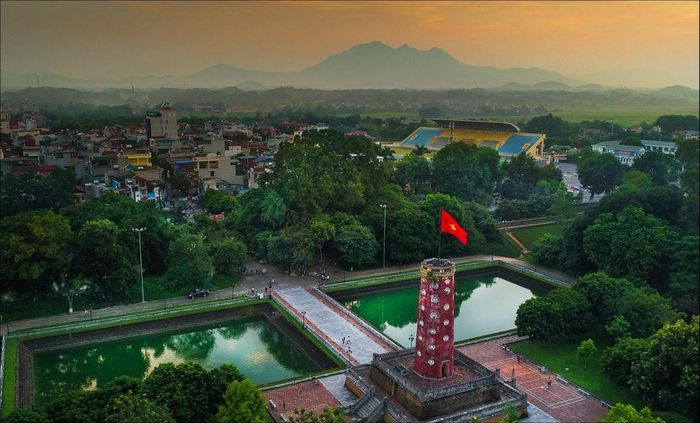 |
| Photo: Zing |
Son Tay ancient citadel (Hanoi) is the only laterite military citadel in Vietnam, built in the 3rd year of Minh Mang (1822) with laterite walls and solid architecture to protect the Northern region of Thang Long. The work is recognized as a national architectural historical relic, associated with many important historical events.
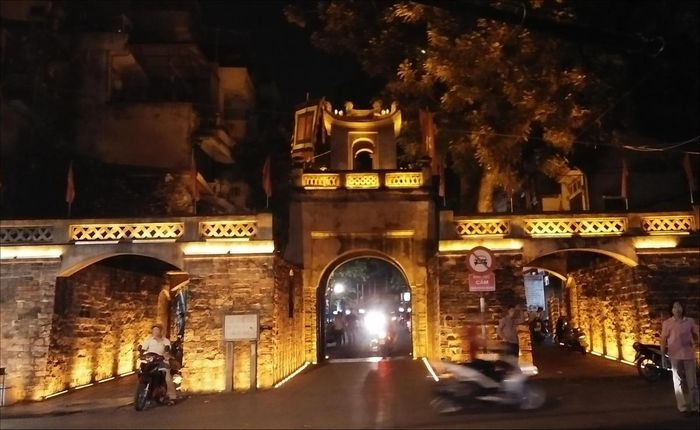 |
| Photo: Zing |
Previously, Thang Long Citadel had many gates, but the most famous are Dong Mac, Cau Den, Cau Giay, Cho Dua and Quan Chuong. Now only Quan Chuong still exists.



